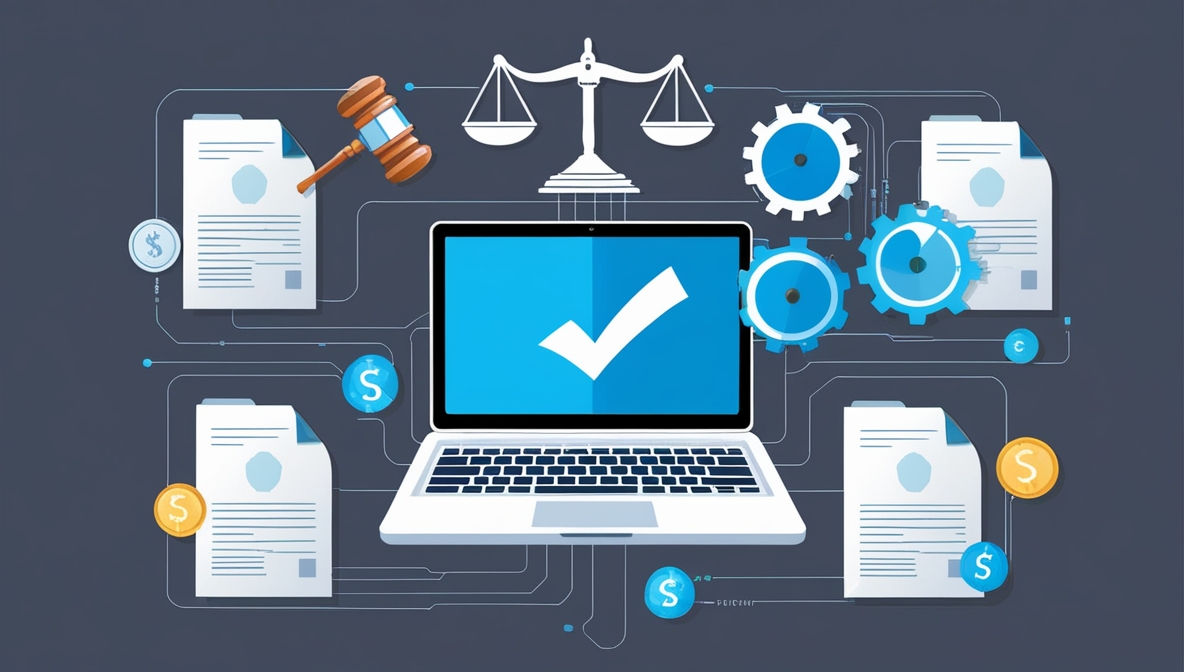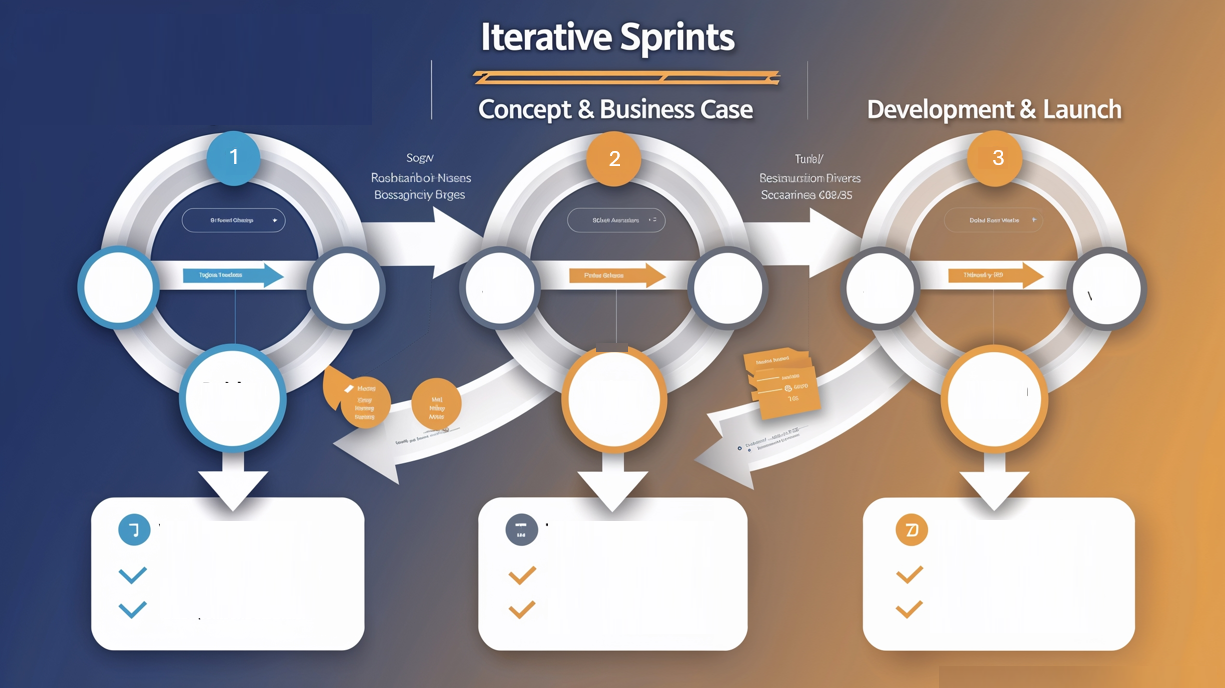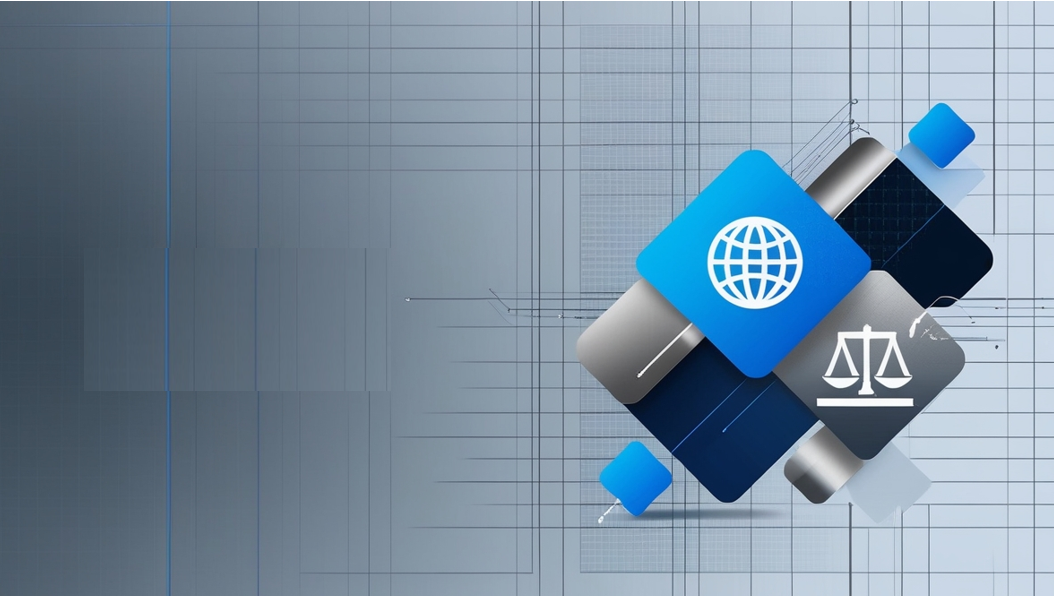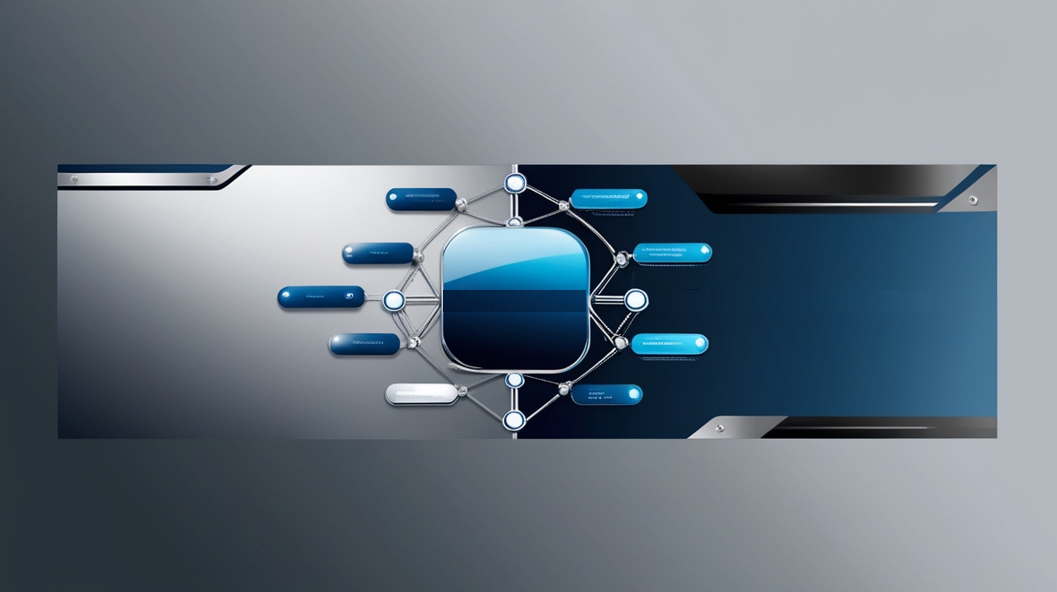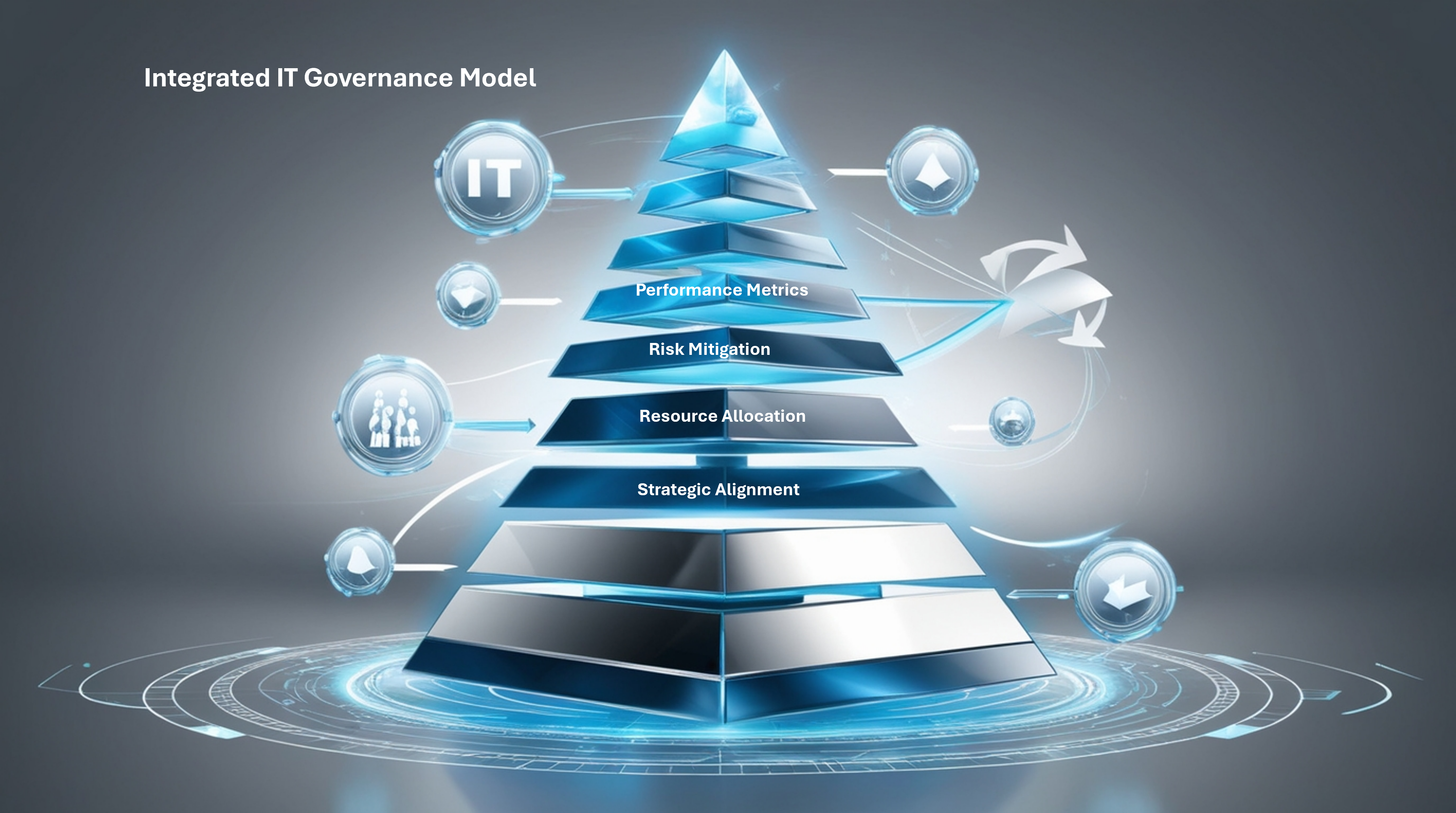| ITG Framework (Name) |
Description |
Key Features |
| COBIT |
A framework for the governance and management of enterprise IT that supports business objectives. |
Aligns IT with business goals, Manages IT risk effectively, Ensures compliance, Measures performance, Improves IT investment decisions |
| ITIL |
A set of detailed practices for IT service management (ITSM) that focuses on aligning IT services with the needs of business. |
Standardizes IT service management, Improves service delivery, Supports continuous improvement, Defines roles and responsibilities, Facilitates best practices adoption |
| ISO/IEC 38500 |
An international standard for corporate governance of information technology that provides a framework for effective IT governance. |
Provides a governance framework, Helps organizations ensure effective IT use, Assists in compliance with laws, Supports board of directors in IT governance, Encourages performance monitoring |
| COSO |
A model that is designed to help organizations improve performance and reduce operational risks. |
Focuses on internal control, Aids in organizational performance, Assists in regulatory compliance, Enhances risk management, Supports strategic decision making |
| FAIR |
A model that helps organizations understand, analyze, and quantify information risk in financial terms. |
Quantifies risk in financial terms, Improves decision-making about IT risks, Prioritizes risk management activities, Assesses the value at risk, Supports a culture of informed risk-taking |
| Val IT |
Focuses on value delivery from IT investments. |
Emphasizes value creation, Includes investment decisions, Supports cost management, Aligns IT investments with business strategy, Measures benefits realization |
| Risk IT |
Provides a framework for enterprises to understand and manage IT risks. |
Identifies IT risks, Manages IT risks effectively, Integrates with COBIT, Supports decision making, Improves stakeholder confidence |
| CMMI (Capability Maturity Model Integration) |
A process level improvement training and appraisal program. |
Improves processes, Enhances capability, Supports benchmarking, Provides a level structure, Facilitates process improvement |
| TOGAF (The Open Group Architecture Framework) |
An enterprise architecture framework that helps define business goals and align them with architecture objectives around enterprise software development. |
Standardizes enterprise architecture practices, Provides a systematic approach, Ensures consistent standards, Enables efficient use of resources, Facilitates change management |
| Prince2 (Projects IN Controlled Environments) |
A structured project management method and certification for managing projects. |
Provides governance framework, Facilitates methodical approach to project management, Supports planning and control, Enables effective resource allocation, Ensures controlled project environment |
